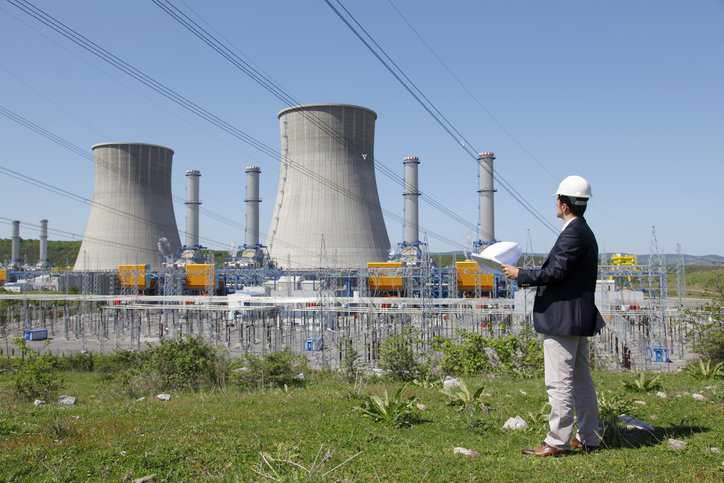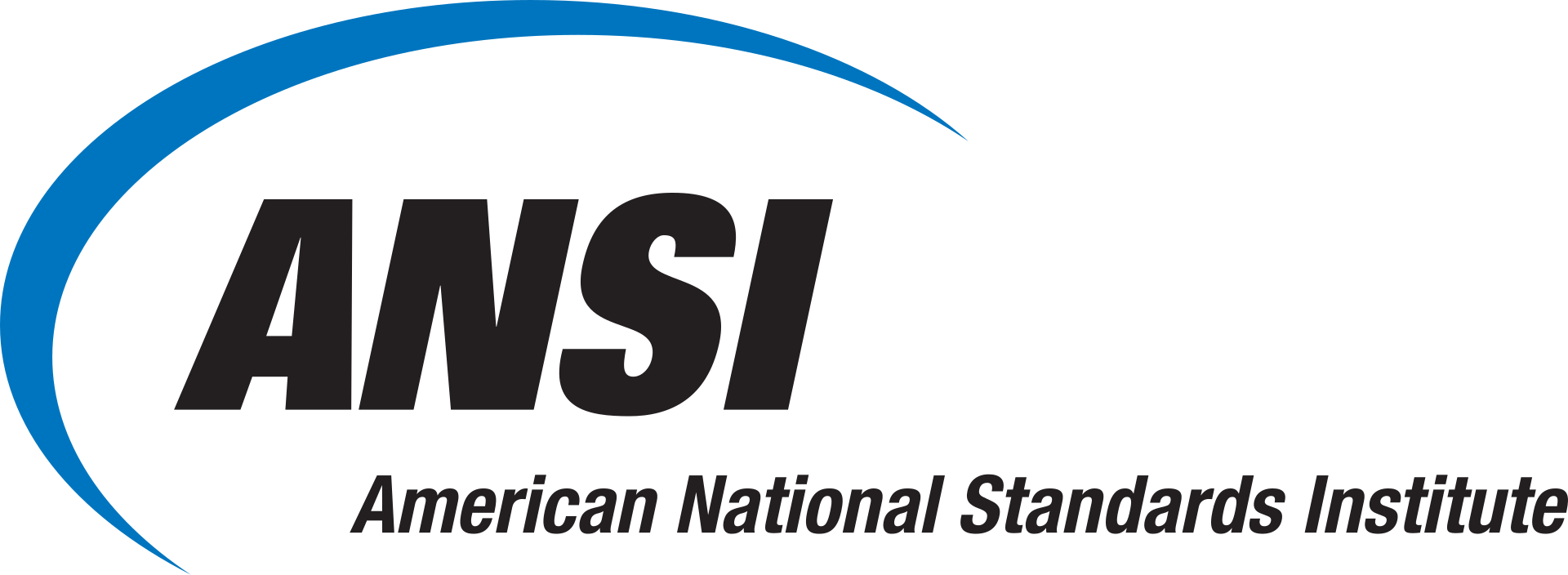ANS/ASME RA-S-1.1-2022: Probabilistic Risk Assessment

Probabilistic risk assessment (PRA) originated in the aerospace industry during and before the Apollo space program: the U.S. space project of the 1960s and 70s that lead to the first successful landing of humans on the moon. PRA has since been successfully adopted by other industries, such as medical, chemical, transportation, aerospace, and nuclear power. PRAs are essential in the nuclear power industry to help estimate plant risk and identify contributors to the risk. ANS/ASME RA-S-1.1-2022: Standard for Level 1/Large Early Release Frequency Probabilistic Risk Assessment for Nuclear Power Plant Applications covers requirements for PRAs in the nuclear power plant industry.
What Is the Probabilistic Risk Assessment of Nuclear Power Plants?
The probabilistic risk assessment—often called PRA—techniques are used to examine a complex system’s potential risk and identify what problems could cause the highest impact on public health and safety. In a nutshell, by computing real numbers, the PRA aims to answer three questions: what can go wrong, how likely is it, and what are its consequences.
By calculating the probability of various events and their associated severity, PRA provides a quantitative estimate of the risk from concept to decommissioning during the project lifecycle (including design and operations). PRAs allows for identification of critical safety areas and potential mitigation strategies to improve overall safety.
What Is ANS/ASME RA-S-1.1?
ANS/ASME RA-S-1.1-2022 states the requirements for probabilistic risk assessments (PRAs) used to support risk-informed decisions for commercial light water reactor (LWR) nuclear power plants while at-power. This standard states requirements for a Level 1 PRA of internal and external hazards while at-power for the evaluation of core damage frequency (CDF). Additionally, ANS/ASME RA-S-1.1-2022 provides requirements for a limited Level 2 PRA sufficient to evaluate large early release frequency (LERF).
The requirements of ANS/ASME RA-S-1.1-2022 are written for operating LWR power plants (i.e., plants with designs and features similar to the plants operating when this standard was published). These specifications may be used for LWR plants under design or construction or for advanced LWRs, but revised or additional requirements may be needed.
Performing a Probabilistic Risk Assessment for Nuclear Power Plants
Conducting a PRA involves several steps:
- Specifying the hazards—the outcome(s) to be prevented or reduced. For nuclear power plants, the focus is reducing the chance of damaging the fuel in the reactor core. Table 1-1.3-1, PRA Technical Elements Addressed by This Standard, ANS/ASME RA-S-1.1-2022 specifies various hazards types (internal or external), hazards groups (internal events, internal floods, internal fires, seismic events, high winds, and external floods), and PRA technical elements [e.g., Data Analysis (DA) Quantification (QU), Internal Flood Plant Partitioning (IFPP), Internal Fire Scenario Selection and Analysis (FSS), Seismic Hazard Analysis (SHA), Wind Hazard Analysis (WHA), External Flood Plant Response Analysis (XFPR), etc.]
- Identifying initiating events (i.e., what could go wrong)—things that could possibly cause the hazards (e.g., breaking a pipe carrying water to cool the core).
- Estimating the frequency (i.e., how likely is it) of each initiating event by answering questions such as, “How often do we expect a pipe of this size to break?”
What Are the Levels of Probabilistic Risk Assessments (PRAs)?
For the type of nuclear plant currently operating in the United States, a PRA can estimate three levels of risk.
- Level 1: Estimated the frequency of accidents causing core damage. This is commonly cored core damage frequency (CDF).
- Level 2: Starts with the Level 1 (core damage accidents) and estimates the frequency of radioactive material release from the containment following a core damage event.
- Level 3: Starts with the Level 2 (radioactivity release accidents) and estimates the consequences of potential off-site consequences of radioactive release, including public health impact and damage to the environment.






